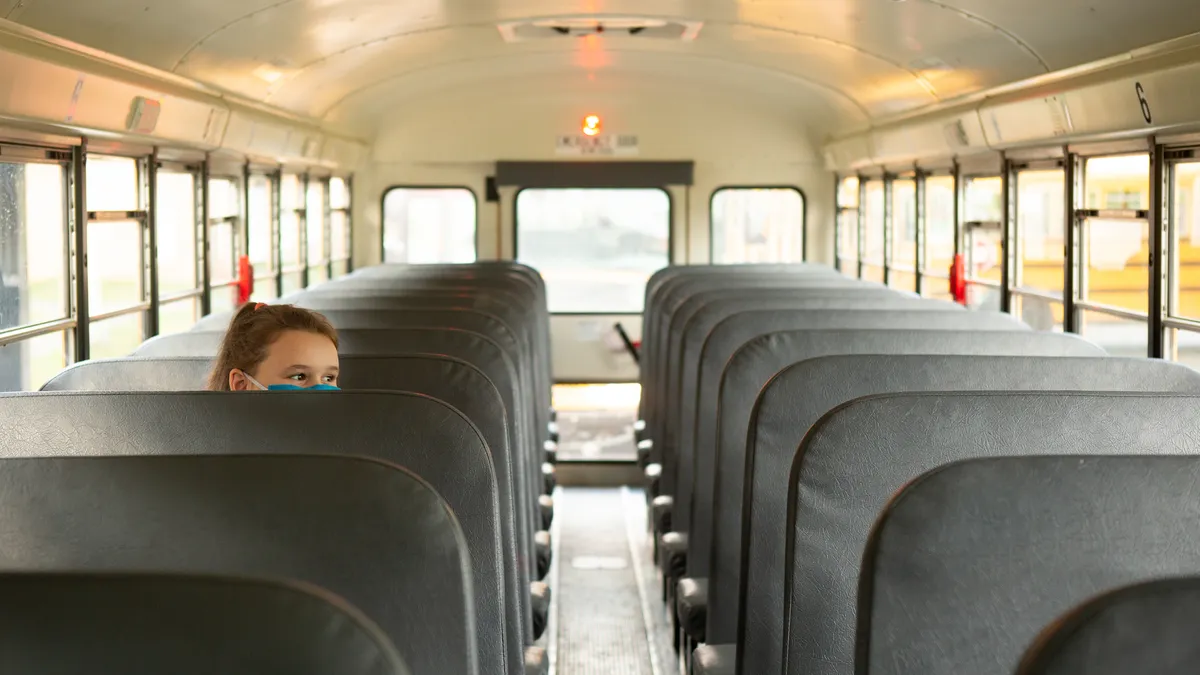Dive Brief:
- Schools that feed into Carter, Kimball and South Oak Cliff High Schools in Dallas have lost a total of 10,000 students to charter schools or neighboring districts, so Dallas ISD is upping its branding game to stay competitive, WFAA reports.
- The number of schools the Texas identified as "improvement required" dropped from over 40 to 12 in the last four years, and while all of the Dallas ISD schools met standards, some of the charter schools didn't.
- Touting that, along with new programs in the district that include dual language and STEM, is winning some parents back.
Dive Insight:
Public schools across the country, not only in Dallas, are facing something they never did in decades past: stiff competition. Charters and other traditional public school alternatives are pulling enough students from public schools that some district administrators are starting to think about what their brand is and how best to market it.
The first step in coming up with a school brand is defining who you are, what you stand for, and what your mission is. When undertaking a branding exercise, it's important to bring in stakeholders and user groups. The second is communicating that identity clearly to staff, students and the larger community. Today's students typically immediately embrace the idea of their school being a brand, having grown up interacting with many corporate brands online.
As an example, Portola High School in Irvine, CA, was a new school, so to drum up awareness and excitement, a brand was built around its actual building structure, school colors, font, mascot and other unique traits. The Portola "P" and Bulldog mascot are now recognizable throughout the community.
Dallas ISD took a grassroots approach, setting up festivals (with local cops as DJs) in targeted areas with low enrollment to woo residents and share information about improvements in the district once they had their attention.
Hiring public relations outreach is old hat for big corporations and politicians, but it's largely uncharted territory for publicly-funded entities. When half the population of any community had school-age kids, public schools didn't need to sell their necessity very much. But the baby boom is long gone, and taxpayers in many localities feel stretched to their limits, so school boards and administrators have to tout their value to a wider audience beyond the local parents.
Polls can prove a valuable part of a school's marketing strategy. They can clarify community sentiment and, just as importantly, make residents feel the school hears and cares about opinion. As competition gets more heated in years to come, public school administrators will only have more need of a marketing strategy to hold on to students and the funding that comes with them.






 Dive Awards
Dive Awards








